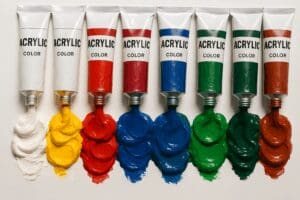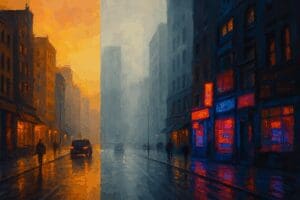Mastering the Art of Illumination: Comprehensive Tips for Adding Light to Your Paintings
Artists throughout history have been captivated by the enchanting dance of light, using it as a tool to evoke emotions, set the mood, and breathe life into their creations. Whether you’re a seasoned painter or just embarking on your artistic journey, mastering the techniques of adding light to your paintings can be a transformative skill. In this extensive blog post, we will delve into a myriad of strategies and insights to infuse luminosity into your artwork.
Understanding the Significance of Light:
The interplay of light in art is a fascinating and crucial element that can elevate your paintings from mundane to extraordinary. Light not only shapes and defines the objects within a composition but also establishes the atmosphere and narrative of the piece. Learning to wield the power of light effectively can unlock new dimensions of creativity and expression.
1. In-Depth Study of Light Dynamics:
The journey to mastering the art of adding light begins with a dedicated study of how light interacts with various surfaces. Spend time observing the nuances of light—how it casts shadows, creates highlights, and influences the overall visual impact. This keen observation will serve as the foundation for replicating the effects of light authentically in your artwork.
2. Experimentation with Diverse Light Sources:
An artist’s palette isn’t limited to colors alone; it also includes the vast spectrum of light. Experimenting with different light sources—natural sunlight, artificial indoor lighting, or the subtle glow of moonlight—can inject dynamism and variety into your paintings. Each light source brings its unique characteristics, allowing you to craft scenes with diverse moods and atmospheres.
3. Harnessing the Power of Contrasts:
One of the most effective ways to enhance the perception of light in your paintings is by embracing contrasts. Play with the juxtaposition of light and shadow, incorporating strong contrasts to create visually striking effects. The strategic use of contrasts can guide the viewer’s gaze, emphasizing specific areas of your composition and infusing your artwork with drama and intrigue.
4. The Art of Warm and Cool Colors:
Delving into the relationship between warm and cool colors is fundamental to creating a realistic portrayal of light in your paintings. Warm colors, such as reds and yellows, tend to advance and appear brighter, while cool colors, like blues and greens, recede. Skillfully employing this color theory in your artwork enables you to mimic the natural effects of light and shadow, contributing to a more convincing and visually captivating piece.
Expanding Your Knowledge:
To enrich your understanding and refine your skills in the realm of adding light to paintings, consider exploring the following external resources:
1. Understanding Light in Art
2. Mastering Light and Shadow in Painting
3. Color Theory for Artists
These resources delve deeper into specific aspects of light manipulation, providing valuable insights and practical tips to enhance your artistic prowess.
*For collaborations, art features, or inquiries, please contact us at in**@**********rt.ie. Don’t forget to follow us on Instagram, Facebook, Twitter.
Disclaimer: The views and opinions expressed in this article do not necessarily reflect the official policy or position of Irish Artmart.





